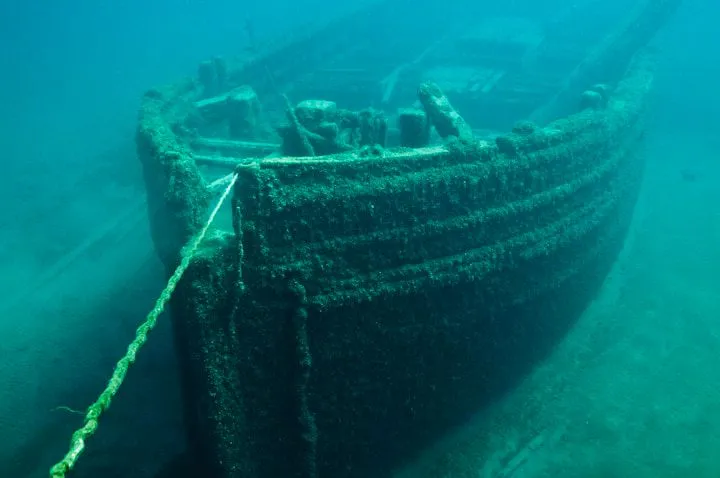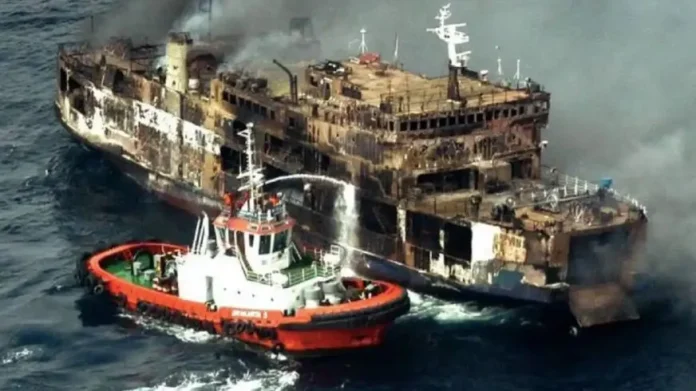The sinking of the MV Doña Paz on December 20, 1987, stands as one of the most tragic maritime disasters in modern history. A routine ferry journey across the serene waters of the *Philippine Sea* turned into a harrowing tale of loss, chaos, and controversy. With a death toll estimated between 4,000 and 4,500, the sinking of Doña Paz is often referred to as “Asia’s Titanic.” The disaster not only shocked the world but also raised critical concerns about maritime safety, environmental degradation, and the human cost of negligence.
The Journey of MV Doña Paz.
The MV Doña Paz, operated by Sulpicio Lines, was a passenger ferry regularly traveling between Tacloban City in Leyte and Manila, the capital of the Philippines. On December 19, 1987, the ship embarked on what should have been a routine voyage from Tacloban. The ferry was designed to carry 1,518 passengers, but it was grossly overcrowded. While the official manifest listed 1,493 passengers and 60 crew members, the final death toll later indicated the ship carried more than 4,000 people many of whom were unlisted passengers, including children.
Unknown to the passengers, this journey would mark their final hours.
The Collision and Sinking.
Shortly before midnight on December 20, as the Doña Paz made its way through the busy waters of Tablas Strait, a major shipping route in the Philippines, tragedy struck. The ship collided with the (MT Vector), a small oil tanker that was carrying more than 8,800 barrels of gasoline and other petroleum products. Upon impact, the flammable cargo aboard the Vector ignited, setting off a massive explosion. The flames quickly engulfed both vessels, turning the sea into a fiery inferno.
The MV Doña Paz had no working radios, leaving it unable to send out distress signals. Many passengers were asleep when the collision occurred, and the few who woke up faced disorienting panic. Survivors reported that the crew failed to provide instructions or assistance as chaos spread. Passengers jumped into the burning sea, only to face drowning or being engulfed by flames.
Within two hours, the MV Doña Paz sank beneath the waves. The total loss of life was catastrophic. Out of more than 4,000 people aboard, only 24 survived. The survivors were rescued by passing ships, but the majority of the passengers perished in the flames, and the ocean, or went down with the ship.
The Environmental Impact on the Sea.
The sinking of the MV Doña Paz not only affected human life but also had severe environmental consequences. The collision with the MT Vector, which was loaded with gasoline and petroleum products, led to significant spillage into the surrounding waters. The fire and subsequent explosion released large quantities of fuel, creating one of the worst oil spills in Philippine history.
Oil slicks spread across the (Tablas Strait), contaminating marine life and damaging the fragile coastal ecosystems. The toxic substances from the petroleum products wreaked havoc on the local fish population, which was vital to the livelihood of coastal communities. The damage to coral reefs and seagrasses, essential components of the marine environment, took years to heal. In some areas, the impact on the marine ecosystem was irreversible, with a long-term decline in biodiversity.
Aftermath and Lessons Learned.
The sinking of the MV Doña Paz became a rallying cry for reform in the Philippine maritime industry. Investigations revealed several shortcomings, including the fact that the ship was overcrowded, lacked adequate safety measures, and had an insufficient number of life vests. Furthermore, the MT Vector was found to be operating without a proper license, and its crew was underqualified to handle the dangerous cargo it carried.
International maritime safety organizations called for stricter enforcement of regulations governing passenger capacity and vessel maintenance. The tragedy highlighted the need for better oversight of shipping companies and stricter adherence to safety protocols. New laws were enacted in the Philippines to improve maritime safety, but the memory of Doña Paz remains a stark reminder of the consequences of neglect.
The Continuing Impact on the Sea.
Even decades after the disaster, the environmental effects of the oil spill caused by the MT Vector are still being felt. While efforts to clean up the affected waters were made, the incident remains an example of how maritime accidents can have long-lasting consequences on the seas.
Oil pollution from the spill contaminated not only the water but also the sediments on the ocean floor, posing a continued threat to the marine life that depends on the ecosystem. The Tablas Strait, once a thriving waterway for fishers, was marked by diminished fish stocks, affecting the livelihoods of coastal communities.
The disaster has since spurred conversations on the importance of environmental responsibility in the shipping industry. Modern regulations now emphasize environmental protection, with stringent rules on the handling and transportation of hazardous materials.
Conclusion.
The story of the (MV Doña Paz) is one of immense tragedy, human suffering, and environmental damage. Its sinking serves as a grim reminder of the importance of maritime safety and the potential consequences of human error. Thousands of lives were lost, and the sea, once a source of life and livelihood, became a graveyard. The environmental consequences of the oil spill have left a lasting impact on the marine ecosystem of the Tablas Strait, reminding us that the sea bears not only the cost of human life but also the weight of our negligence.
In remembering the MV Doña Paz, we honor those lost and commit to ensuring that such a disaster never occurs again. The sea, with all its beauty and power, demands our respect and protection both for the sake of humanity and the environment.
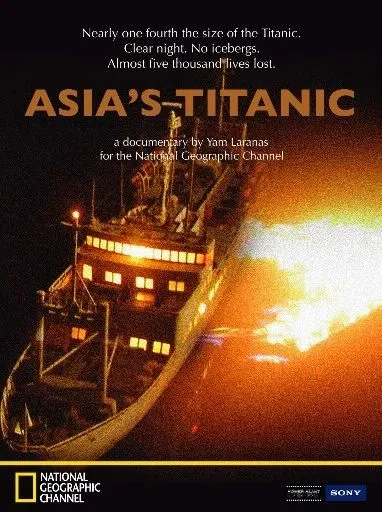

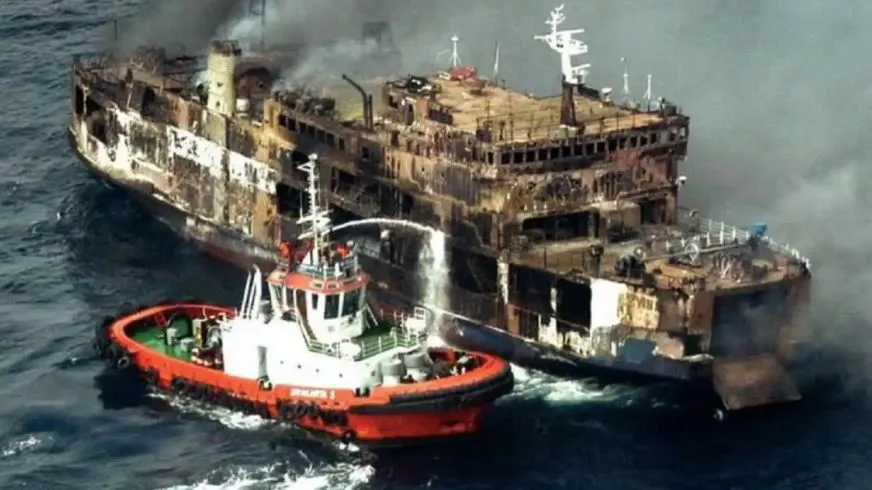
Last photo of the MV Doña Paz. On December 20, 1987.
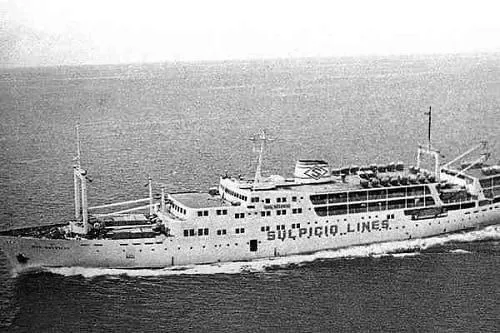
Relatives of the victims and missing people plagued Sulpicio Lines.

Don Sulpicio Go Guioc So, he organized his own shipping company in 1973 with his own children and formed Sulpicio Lines.

The Port Side Bridge-wing of the MV Doña Paz.
